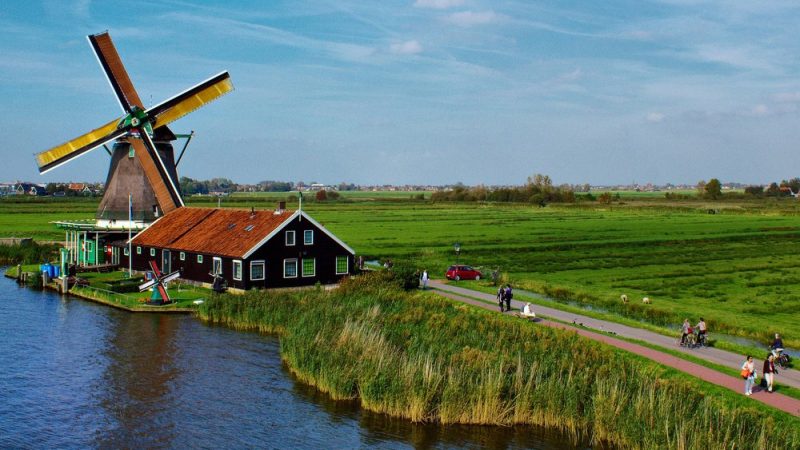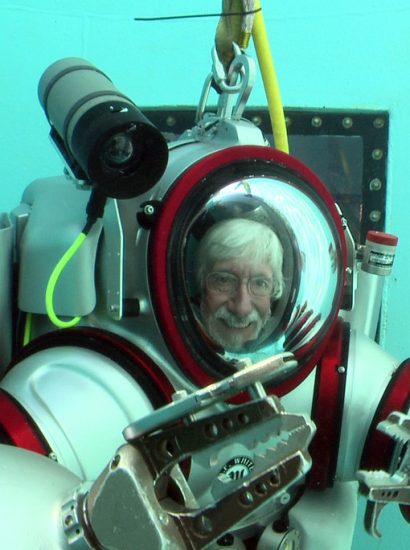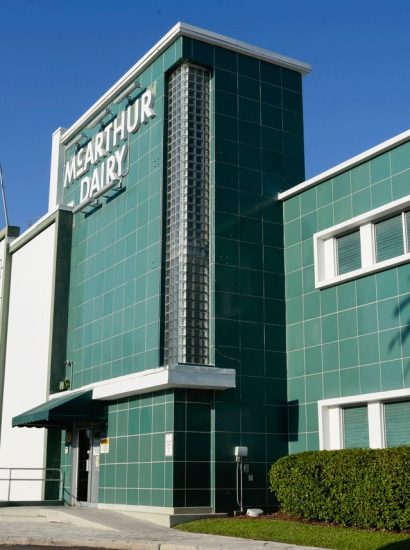Windmills have long been iconic symbols of Dutch culture and history, and Windmill De Zoeker is no exception. Situated in the heart of the Zaanse Schans, one of the Netherlands’ most picturesque regions, Windmill De Zoeker stands as a testament to the country’s rich industrial heritage. Built in the 17th century, it’s one of the few working windmills in the area that still grinds oilseeds to produce oil. In this article, we will explore 10 fascinating facts about Windmill De Zoeker that you must know today. These facts will reveal its history, its role in Dutch industry, and its enduring significance in modern times.
Windmill De Zoeker Dates Back to 1672
Windmill De Zoeker is one of the oldest operating windmills in the Netherlands, with its origins dating back to 1672. During this period, windmills were crucial to Dutch industries, and the construction of windmills like De Zoeker was instrumental in driving the economy. The mill’s original purpose was to process oilseeds such as linseed, producing oil that was essential for many products, including food, lighting, and soap. Even after centuries, Windmill De Zoeker continues to operate, preserving a part of Dutch history that has been largely lost in the industrial revolution.
Windmill De Zoekers Location: The Zaanse Schans
One of the main reasons why Windmill De Zoeker is so famous is its location in the Zaanse Schans. The Zaanse Schans is an open-air museum that features several historical windmills, traditional Dutch houses, and artisan workshops. It’s a favourite tourist destination, offering a window into 18th and 19th-century life in the Netherlands. Windmill De Zoeker is one of the stars of this attraction, and it remains a fully operational oil mill, grinding oilseeds in much the same way as it did centuries ago. The mill’s position in this historic village makes it a must-see for anyone interested in Dutch history and culture.
Windmill De Zoeker: A Fully Operational Oil Mill
Unlike many windmills that have been retired or converted into tourist attractions, Windmill De Zoeker is still a fully functioning oil mill. It processes linseed, rapeseed, and other oilseeds to produce oil in the traditional Dutch way. The mill’s equipment has been carefully maintained, allowing visitors to witness the oil production process firsthand. The grinding stones, driven by the power of the wind, crush the seeds, and the oil is then extracted and stored in large wooden vats. This rare opportunity to see a working windmill is one of the key reasons why Windmill De Zoeker is so special.
Windmill De Zoeker’s Historic Relocation
Though Windmill De Zoeker is now located in the Zaanse Schans, it was originally built in Zaandijk. In 1968, the decision was made to move the windmill to the Zaanse Schans in order to preserve it and make it more accessible to the public. The relocation process was a monumental task, requiring careful dismantling and reassembly. However, the relocation ensured that Windmill De Zoeker would continue to operate and educate future generations about the vital role that windmills played in Dutch industry.
The Traditional Milling Process: From Seeds to Oil
The milling process used by historical Dutch windmills is a marvel of ingenuity. Traditional oil mills use wind power to crush seeds, such as linseed and rapeseed, to extract valuable oils. This process involves grinding the seeds between large millstones, pressing the resulting paste, and collecting the oil for use in cooking, lighting, and industrial applications. The use of natural wind power made this process both eco-friendly and efficient. Observing this traditional method offers a glimpse into the craftsmanship of centuries past.
The Importance of Wind Power in Dutch Industry
For centuries, wind power was at the heart of Dutch industry, providing energy for a wide variety of essential functions. Beyond milling, wind power was used to saw wood, pump water, and grind grains, playing a vital role in the development of the Dutch economy. The windmill technology of the Netherlands influenced many other nations and remains a testament to the country’s innovative approach to harnessing natural resources.
How Historical Windmills Shaped Dutch Culture
Windmills are deeply ingrained in Dutch culture and have become an iconic symbol of the Netherlands. They not only represent the country’s long-standing relationship with wind power but also its perseverance in reclaiming land from the sea. Many windmills, including those in the Zaanse Schans region, were involved in flood management, helping to drain waterlogged land. This strong connection to the windmill reflects a history of adaptation and resilience in the face of natural challenges.
The Restoration and Preservation Efforts of Dutch Windmills
Preserving historical windmills requires ongoing restoration efforts, as many structures are several centuries old. Skilled millwrights, architects, and engineers work together to maintain the structural integrity of these mills while keeping their mechanisms fully operational. In recent years, numerous conservation projects have been launched to ensure that future generations can witness these mechanical marvels in action. Restored windmills continue to educate visitors about the rich industrial past of the Netherlands.
Visiting Zaanse Schans: A Journey Through Dutch Heritage
Zaanse Schans is one of the most popular open-air museums in the Netherlands, featuring a remarkable collection of working windmills, traditional houses, and workshops. Visitors can experience a step back in time, witnessing demonstrations of old-world trades such as cheese making, wooden shoe carving, and, of course, oil milling. A trip to this cultural site offers an authentic glimpse into the past and the opportunity to see how these mills once powered a nation.
The Future of Windmills in a Modern World
While windmills are often seen as relics of the past, they have inspired modern innovations in renewable energy. Wind turbines, which now dot the Dutch landscape, owe their design principles to the traditional windmills that came before them. As the world looks for more sustainable energy sources, wind power continues to play a crucial role. The legacy of historical windmills serves as a reminder of the potential of wind energy to shape the future of sustainable living.
Conclusion
Windmill De Zoeker is much more than just a historical monument; it is a living testament to the innovation, craftsmanship, and resilience of the Dutch people. From its origins in 1672 to its relocation to the Zaanse Schans, this windmill has played an essential role in Dutch industry. Whether you are interested in Dutch history, or simply want to experience a piece of the past, Windmill De Zoeker is a must-see destination. Next time you find yourself in the Zaanse Schans, don’t miss the chance to visit this remarkable piece of Dutch heritage.
FAQs
1. Wat maakt Windmill De Zoeker uniek?
Windmill De Zoeker is unique because it is still a fully operational oil mill, processing oilseeds using traditional methods. Its historical significance and location in the Zaanse Schans make it a rare working windmill that offers visitors an authentic look at Dutch industrial history.
2. How do traditional windmills generate power?
Traditional windmills use the wind to turn large blades, which are connected to a mechanical system inside the mill. The rotational energy from the blades powers gears and millstones or other machinery that perform specific tasks, such as grinding or pumping. This design maximises the power of the wind to complete labour-intensive tasks without the need for manual labour.
3. Can you visit working windmills in the Netherlands today?
Yes, several working windmills can still be visited across the Netherlands, with Zaanse Schans being one of the most popular sites. Many of these windmills have been restored and maintained as operational museums, allowing visitors to witness traditional milling techniques and learn about the industrial heritage of the country.
4. How are Dutch windmills maintained?
The preservation of Dutch windmills requires regular maintenance and restoration. Skilled craftsmen, known as millwrights, work to repair and restore both the internal mechanisms and the exterior structure. Organisations dedicated to heritage preservation fund these projects, ensuring that windmills remain functional and safe for future generations.
5. What makes Zaanse Schans a popular destination for tourists?
Zaanse Schans is a unique open-air museum that showcases the traditional architecture, crafts, and industries of the Netherlands. Visitors can explore working windmills, see demonstrations of old trades like cheese making and wooden shoe carving, and learn about Dutch industrial history. It offers an immersive cultural experience and a glimpse into the past.
Also read: Dutch Girl Names: 10 Enchanting Choices to Captivate Your Heart









